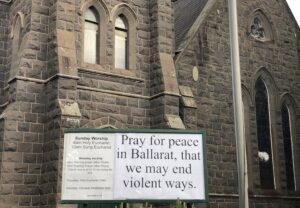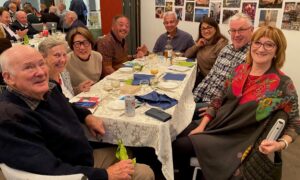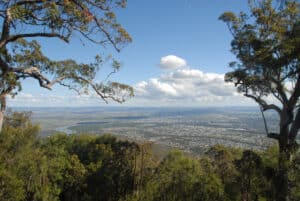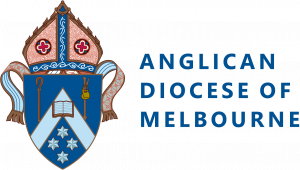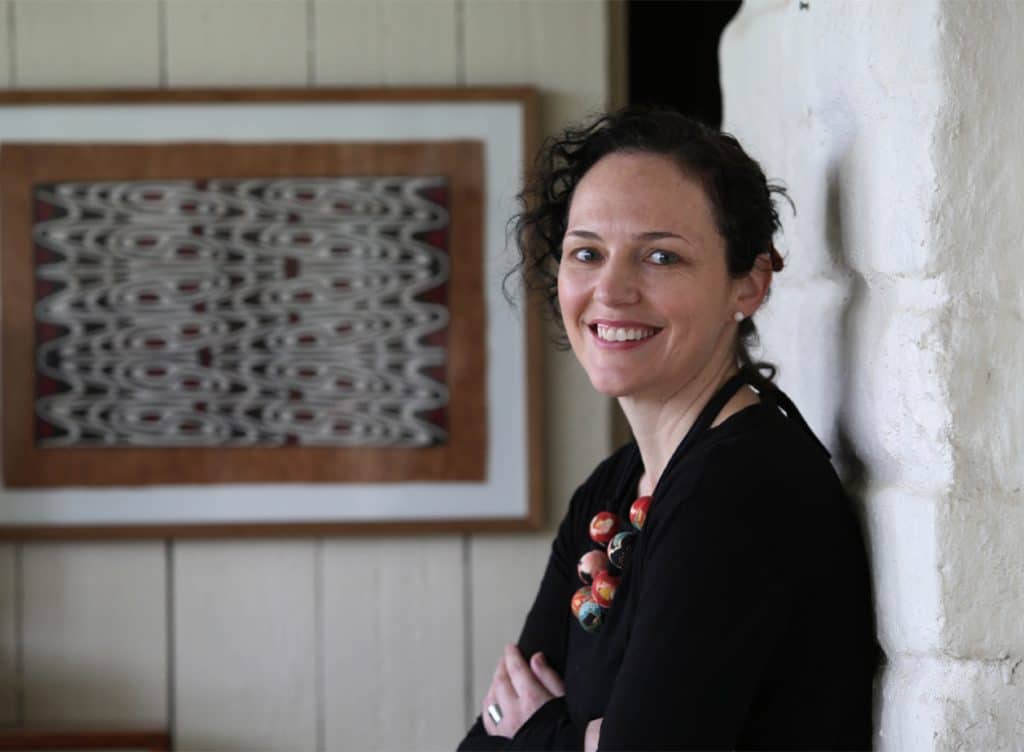
By Kirralee Nicolle
17 September 2022
Bible translation practice has recently adapted to be more technology-driven, team-based and focused on local engagement, translation workers say.
The pace of translation this century has been greater than that of the previous two centuries, experts say.
In the 19th Century, the Bible was translated into less than 250 different languages, according to data from Progress Bible. The website also shows that during the 20th Century, the New Testament was translated into over 1000 more languages.
For translation workers such as Dave Sharp and Guinevere Swan, their experience of translation work has differed.
Dave Sharp and his wife Elly relocated from Australia to West Africa in 1992 with Wycliffe Bible Translators. They began living alongside the Gergiko people of Central Chad. At first, they were largely working on their own to build relationships with members of the community and begin a project. In 2020, they celebrated the dedication of the Gergiko New Testament. They continued to translate other portions of the Scripture remotely. Dave was currently working on the book of Genesis.
“Back then, it was mainly sending out families who went and lived in a village and learned language and culture,” Mr Sharp said.
“That’s not necessarily the norm anymore. Often there are people working in clusters of languages these days.”
Mr Sharp said that he had now seen a shift towards oral Bible translation. He said that translators would arrange recorded Scripture readings to test comprehensibility and naturalness of the text.
Guinevere Swan and her husband Philip have worked as translation advisers with Wycliffe and Summer Institute of Linguistics Australia since 2010. Guinevere has worked with the Papuan Malay language and Philip as part of a group working in a cluster of languages.
Read more: Recognition of Indigenous languages vital to equal opportunity
Ms Swan said over the years, there had been a greater shift towards the professional development of native language translators. She said this was partly a reflection of more advanced education levels in remote communities but was also part of a broader shift in the practice.
“I have seen over the years in Papua a shift towards recognising and building the capacity of Indonesian translators,” she said.
“When I trained as a consultant five years ago, there were about 30 trainees. I was one of only two non-Indonesian trainees. I don’t think that would have been the case when we first arrived.”
Ms Swan said this change was reflected at all levels.
“Until now, the Papuan Malay team has been led by a Canadian, and more recently by an Australian, then just recently the leadership’s been taken on by one of our Papuan translators,” she said. “This reflects something that’s been developing in SIL over many years, which is a focus on localisation. We’re seeking to partner more effectively with the resources that are already there.”
Mark Ossola was the Tanzania Field Project Manager for Seed Company, a subsidiary of Wycliffe USA which began in 1993. Seed Company sought to create a faster route to a completed translation by connecting local field partners around the world with investors, resources, and training, according to their website.
Mr Ossola said over his time of involvement in the work, he had observed an increase in the use of cluster projects, larger team structures and new forms of technology. He also said native language speakers were increasingly being encouraged to become involved.
“Those things really accelerated Bible translation immensely,” he said.
Mr Ossola also said he had observed an increased focus on Bible storytelling and oral Bible translation since being involved in translation.
“Bible storytelling is where the team of translators internalises the story and then they retell it in a way that’s natural in their language and they teach others to do the same,” he said. “It can really spread because people might be literate or they might not, but even if they are literate, they still might prefer to communicate in story because that’s the way a lot of people groups operate already.”
For more faith news, follow The Melbourne Anglican on Facebook, Twitter, or subscribe to our weekly emails.

